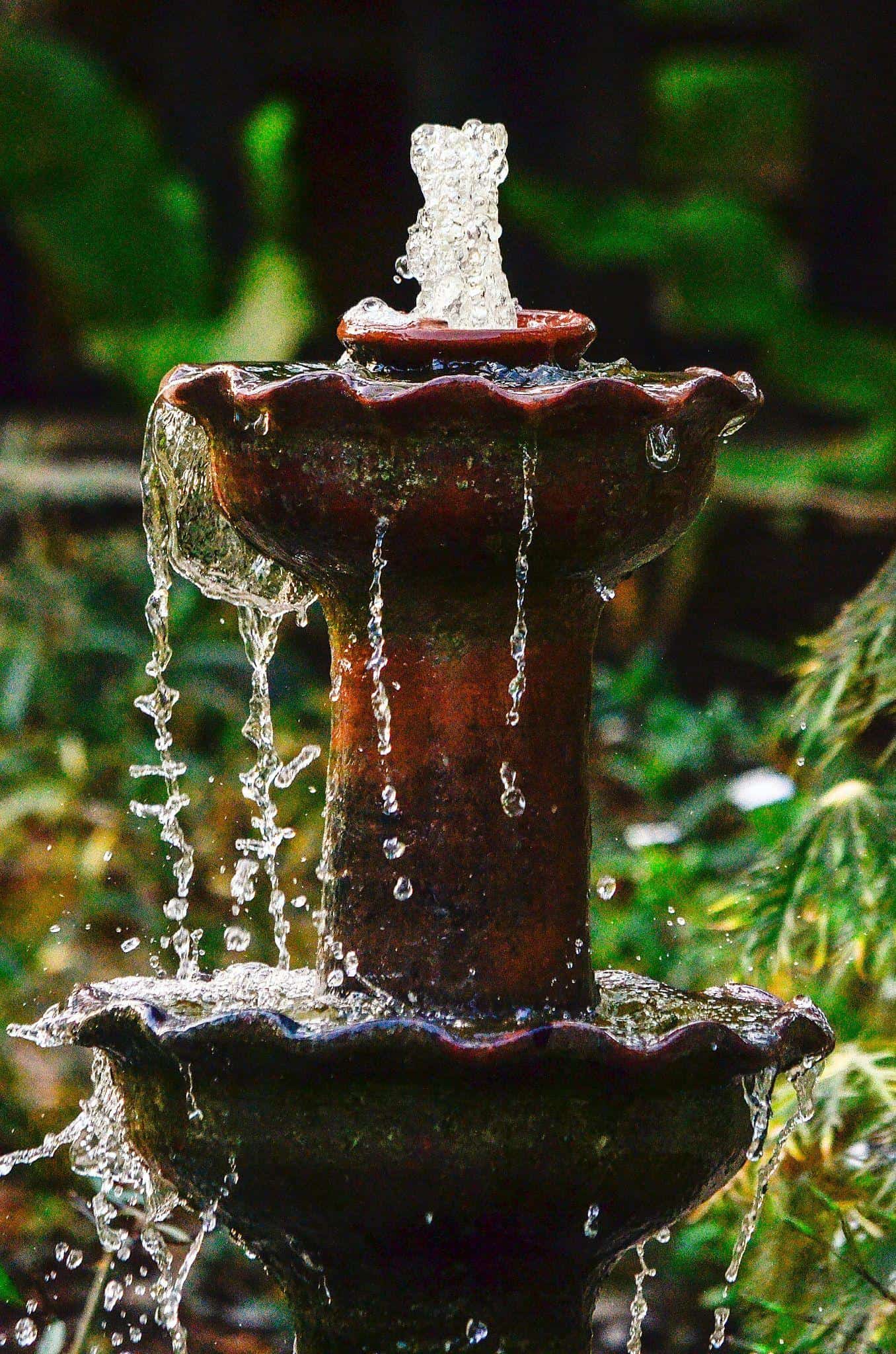There are numerous advantages to using a pond pump, which is why it is usually one of the first elements you plan to purchase when building a new pond.
Because Fountain Tech manufactures pond pumps, you might expect them to promote them. However, they are important to any pond’s health and well-being. Ask any pond expert or read any pond authority source, and they will all tell you the same thing. A pond pump is required for a healthy pond! Submersible fountain pumps are the best in such cases.
What Kind Of Pond Pump Do I Require?
The type of pond pump you require is determined by the size of your pond and what you intend to do with it. However, most people recommend the two main types: pond filter pumps and fountain pumps. There are also combined pumps that can do both.
Pump For Pond Filtering
A pond filter pump is designed to filter dirty water and return it to the pond. It’s a simple but dependable pump that can help keep your pond clean.
This type of pump will not aid in oxygenation.
Pump For A Fountain
As the name implies, a fountain pump is intended to power a water feature. That water feature provides oxygen to the water while also being visually appealing.
A fountain pump cannot power a filter.
Filter And Fountain Pump In One
Combination pumps can power both the filter process and a water feature. This will clean and oxygenate the water at the same time, providing a double benefit.
The disadvantage is that they are usually only appropriate for smaller ponds.
How Big Of A Pond Pump Do You Require?
What size pond pump to purchase is the next important decision. You want one that is powerful enough for your pond’s size without being overly powerful and costing you extra money.
There are many factors to consider when sizing a pond pump, but in essence, the volume of water is determined by multiplying the length by the width and then the depth of your pond.
For small backyard koi ponds, the rule of thumb is to circulate the pond’s total volume once an hour. So if you have a 1200 gallon pond, you will need to pump 1200 gallons per hour. You can pump more, but it’s ill-advised to pump less.
For large ponds, you do not need to circulate the water every hour. Kasco Marine recommends a 2- horsepower pump for every acre of pond if you are using a decorative fountain. A 1 ½ horsepower pump for every acre of pond if you are using an aerating fountain, and a 1-horsepower pump for every acre of pond if you are using a surface aerator.
These recommendations for large ponds vary a great deal from manufacturer to manufacturer, as they calculate horsepower in different ways, with most companies overestimating their pump’s horsepower.
Where Should The Pond Pump Be Installed?
Whether you choose a submersible or other type of pump, where you install it will depend on that.
Submersible pumps can be installed inside the pond and will happily run nonstop. There are other pumps you can install on the pond’s side that have hoses that extend into the water, but these are less common.
Most experts advise setting up the pump at the pond’s deepest point, connecting a hose to the filter, and burying the cable to an outdoor outlet. That should be all you need to do; make sure there isn’t too much debris nearby, attach a string and float it to the pump so you can easily retrieve it.
If you’re running a water feature or fountain, your position will change. With a short, straight hose connecting the two, you should place your pond pump close to the fountain.


